Foot Positioning For Squats: Cues, Angle, Width, and More
Performing squats with the proper form has been repeated ad nauseam among fitness media outlets - but one vital yet often overlooked aspect of squat form is the position of the feet.
During conventional squat performance, setting the feet at the correct distance apart, toes pointing in the correct direction and the heels balanced in the appropriate manner are all critical for executing the squat safely and effectively.
Though it is somewhat more technical, the basic premise behind squat foot positioning is to set them approximately shoulder-width apart, with the toes pointing slightly outwards and the knees tracking in the same angle. The heels should remain touching the floor throughout the exercise, with the lifter’s weight evenly distributed between both feet.
Why is Foot Positioning Important During Squats?
Foot positioning is a critical portion of proper squat performance, as it can directly influence not only the stability of the lifter, but also the actual recruitment of musculature as the legs are positioned at a different angle.

A narrow foot position will tend to emphasize the quadriceps, whereas a wide one will emphasize the gluteal muscles.
Apart from balance and muscular recruitment, the angle in which the feet are pointing during a squat can also affect the safety of the movement in regards to the knee joints - if the toes are pointing inwards, there is a greater risk of knee valgus, whereas if they are pointing excessively outwards they will be pulled into a disadvantageous position.
Before reading further, it is important to note that no two lifters are mechanically identical. What may be a comfortable stance for your coach could be potentially injurious for you, and the following information is meant to act as a baseline with which you may modify your squat stance as needed.
This is especially important in regards to toe angle and knee tracking, as some lifters may prefer the knees and toes to face a different angle than what others may use.
Ensures Equal Distribution of Force
Muscular recruitment notwithstanding, the position of the feet also play a direct role in whether the body is outputting force in equal measure.
Having an uneven stance can cause one side of the body to bear more weight or output more force than the other, leading to muscular imbalances and injuries.
Prevents a Disbalanced Movement
It goes without saying that maintaining balance requires an even and stable lower body - especially in regards to the feet, which distribute the weight of the lifter (and the barbell’s weight) into the floor.
Setting the feet in such a manner that the weight is distributed onto only one part of the foot (i.e. the toes or heels) can cause the rest of the body to shift to compensate, potentially leading to injury.
Helps Protect the Ankles and Knees from Injury
The body is often referred to as a “kinetic chain”, meaning that when one part of the body moves, the rest follows suit.
As such, improperly setting the angling of the feet can cause the ankles and knees to also point in a disadvantageous angle, affecting how much the lifter can actually squat and potentially resulting in injury as pressure is placed on the joints as they are in a compromised position.
Provides a Baseline for Further Modification
No two weightlifters are physiologically the same - factors like different leg proportions, specific training goals and individual soft-tissue mobility must all be taken into account when setting up the stance of a set of squats.
Becoming familiar with the basics of foot positioning can allow lifters to safely and effectively modify their squat stance as needed, allowing them to shift the emphasis of the exercise or otherwise make it more comfortable for their unique physiology.
What Does a Proper Squat Foot Position Look Like?
The general advice of shoulder-width apart and toes angled slightly outwards is rather loose in definition, and as such the following are several key characteristics of proper squat foot positioning that can help a lifter ascertain whether their stance is correct or not.
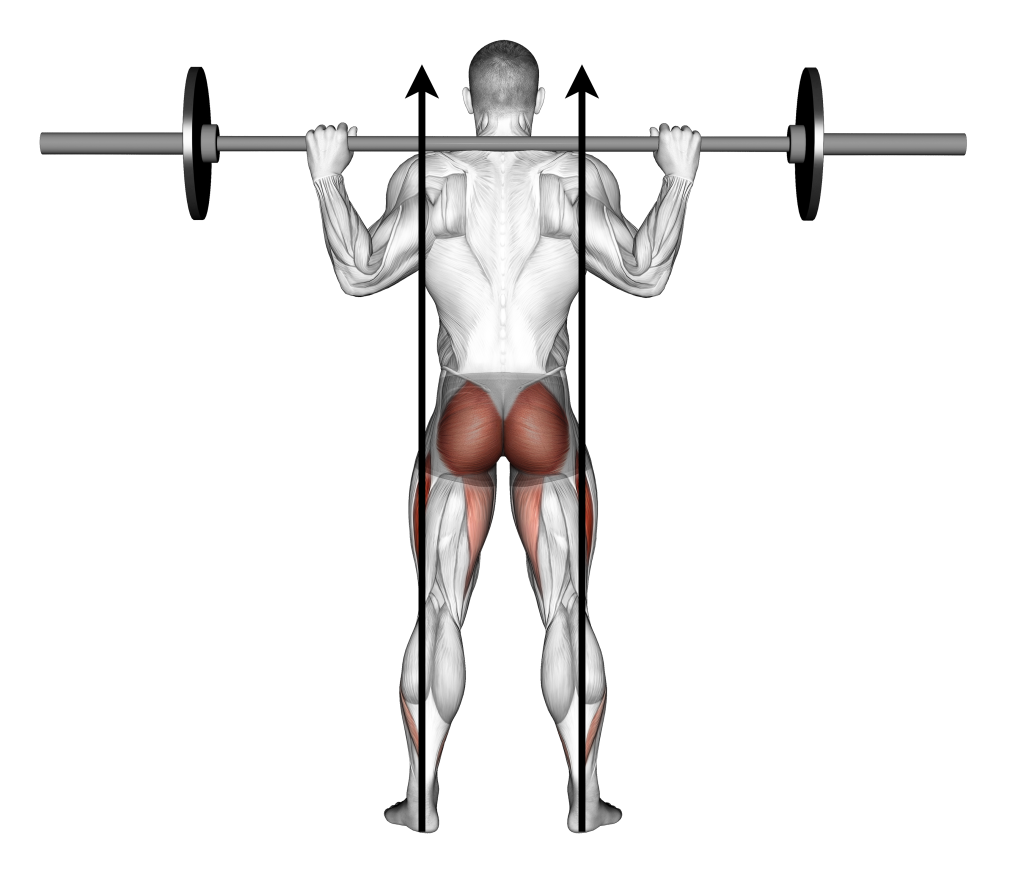
Heels Planted
Throughout the entire range of motion of a squat, the heels must remain in-contact with the floor, acting as one of three points in which the foot is distributing weight through.
If the heels are tilted to one side or even being raised as the lifter rolls onto the balls of their feet, it is a sign that their foot positioning is unstable and potentially too far ahead of the pelvis.
Toes Angled
The toes should be angled at approximately 15-45 degrees outwards, with care taken not to point them too far out or inwards. This is the optimal angle for allowing the knees to track in the same path, and will help prevent issues like knee valgus or ankle eversion.
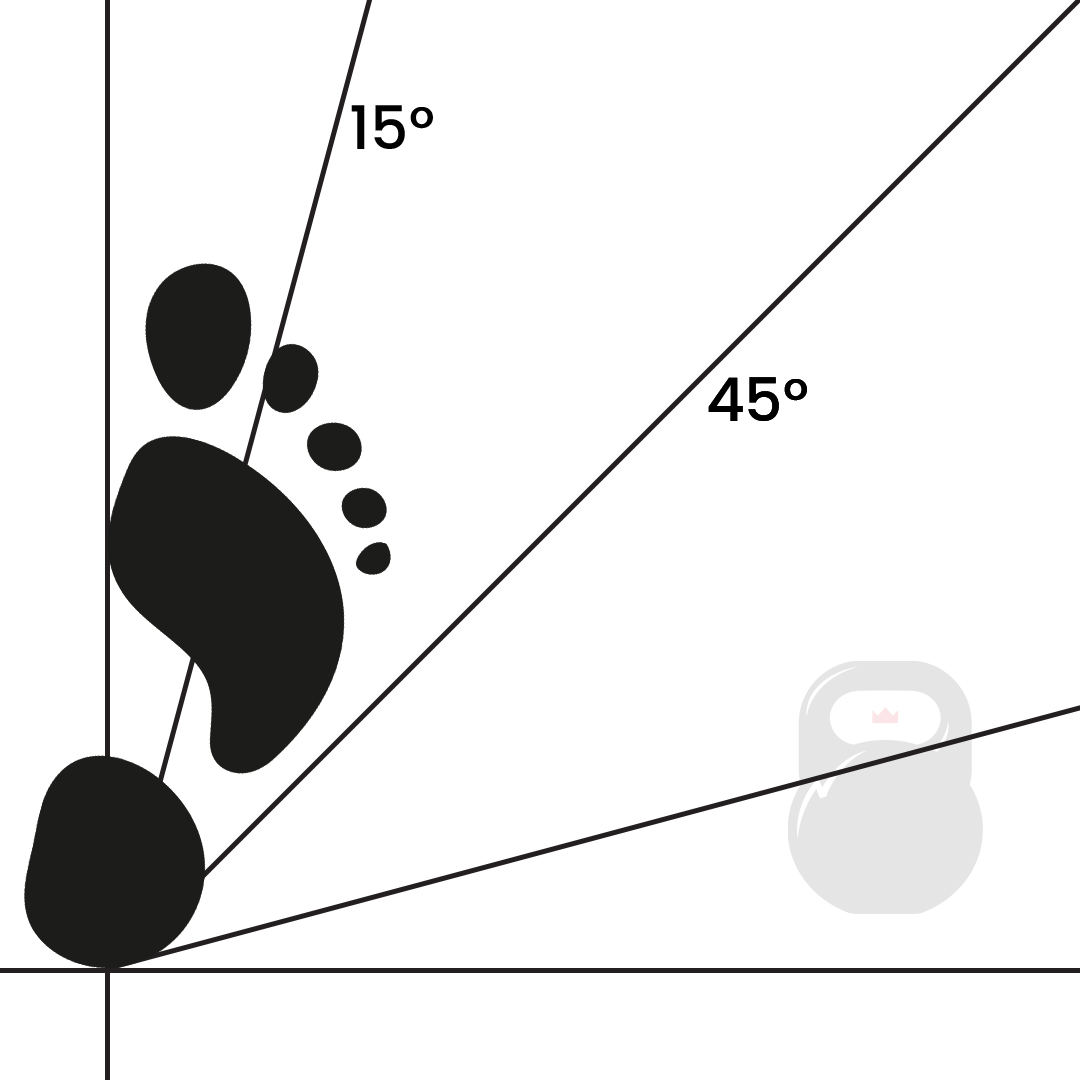
While there is some evidence pointing to the idea that the angle of the foot does not directly affect squat execution, some studies also point to the opposite conclusion and as such it is better to err on the safe side unless otherwise needed by the lifter’s own physiology.
Furthermore, squatting with the feet pointing forwards rather than outwards will require greater mobility (especially with tibial internal rotation), meaning that it is a stance change that is better reserved for more advanced weightlifters.
Feet Set Shoulder-Width Apart
As was mentioned previously, the standard advice for squat foot positioning is to set the feet shoulder-width apart, if not slightly more so.
While this is the basic stance in which every conventional back squat is based on, lifters may wish to alter the distance between their feet according to their needs and preferences.
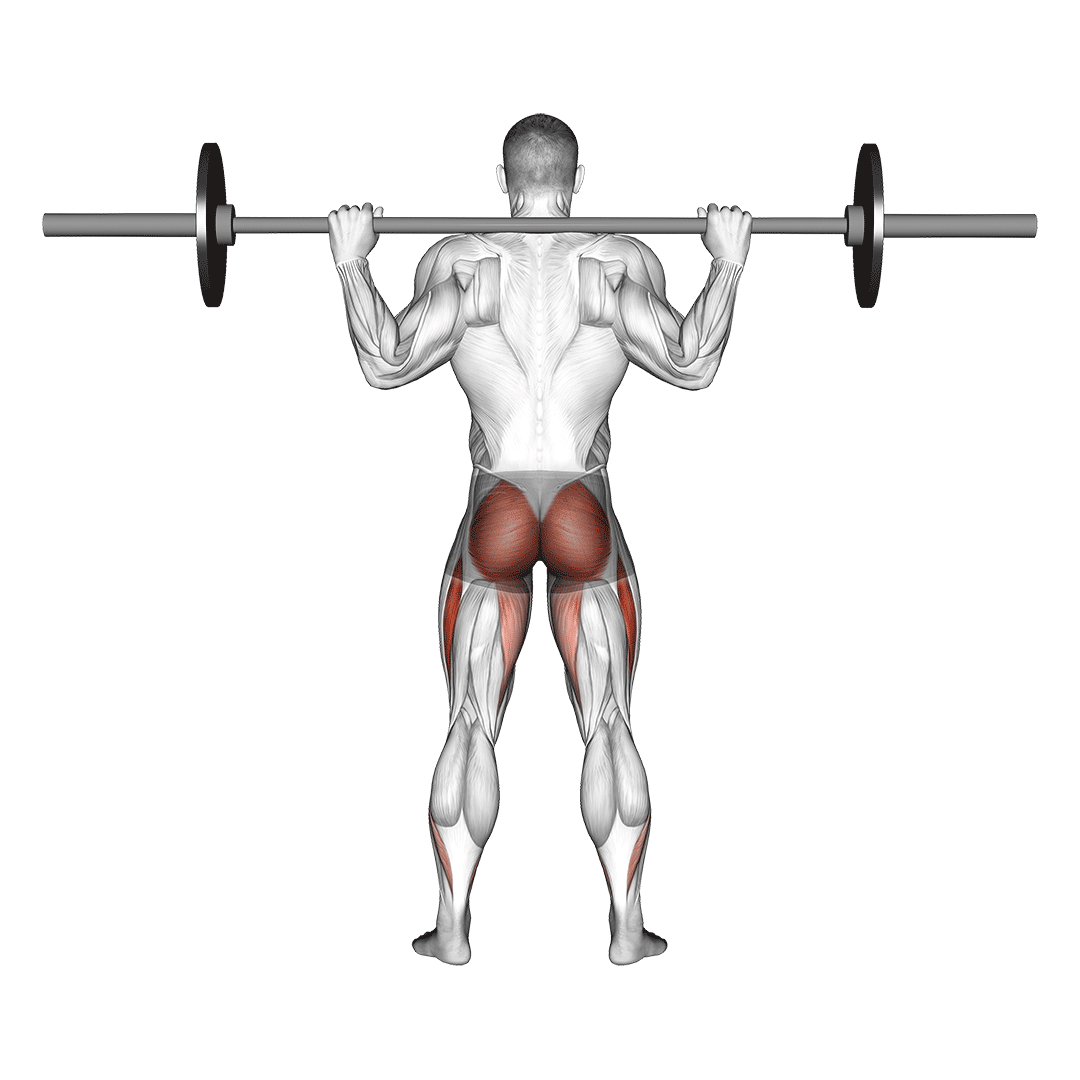
Furthermore, for more advanced weightlifters, altering squat width will help them optimize their squatting mechanics and shift emphasis towards certain portions of the lower body.
Quadriceps-dominant squatters may wish to adopt a somewhat more narrow stance, whereas glute-dominant lifters occasionally prefer a slightly wider one.
Three Contact Points
For lifters who are non-flat footed, the arch of the foot will generally be raised over the floor with the heels, the balls of the feet and the toes distributing weight into the ground.
If any of these three points are not touching the floor, it could be a sign of an incorrect foot position or other issues in the lifter’s squat execution.
Arch Supported
Though not exactly related to foot positioning, the majority of lifters will find that being able to squat properly involves the arches of their feet being supported - or at least not flattened against the floor.

Of course, this doesn’t quite apply to individuals who are normally flatfooted.
Form Cues to Achieve Optimal Foot Positioning
To put what we’ve learned into practice, lifters should strive to adopt the following form cues, adjusting them as needed:
Press the Feet in
Regardless of whether you are a fan of the forward-facing or outward-facing toe angle, it is important to ensure that the feet are pressed firmly into the ground throughout the squat - with some lifting coaches advising lifters to “screw” the feet in, so to speak.
The weight of the body (and that of the barbell) should be evenly distributed throughout the foot, with no excessive leaning towards any one side of the soles.
Observe the Knees With a Mirror
The angle in which the knees track during the descending phase of the squat is directly governed by the position of the ankles (and the pelvis).
This means that if the knees are tracking beyond the foot - or, worse, in a direction other than that of the foot - then there is likely an issue with the position of the ankles.
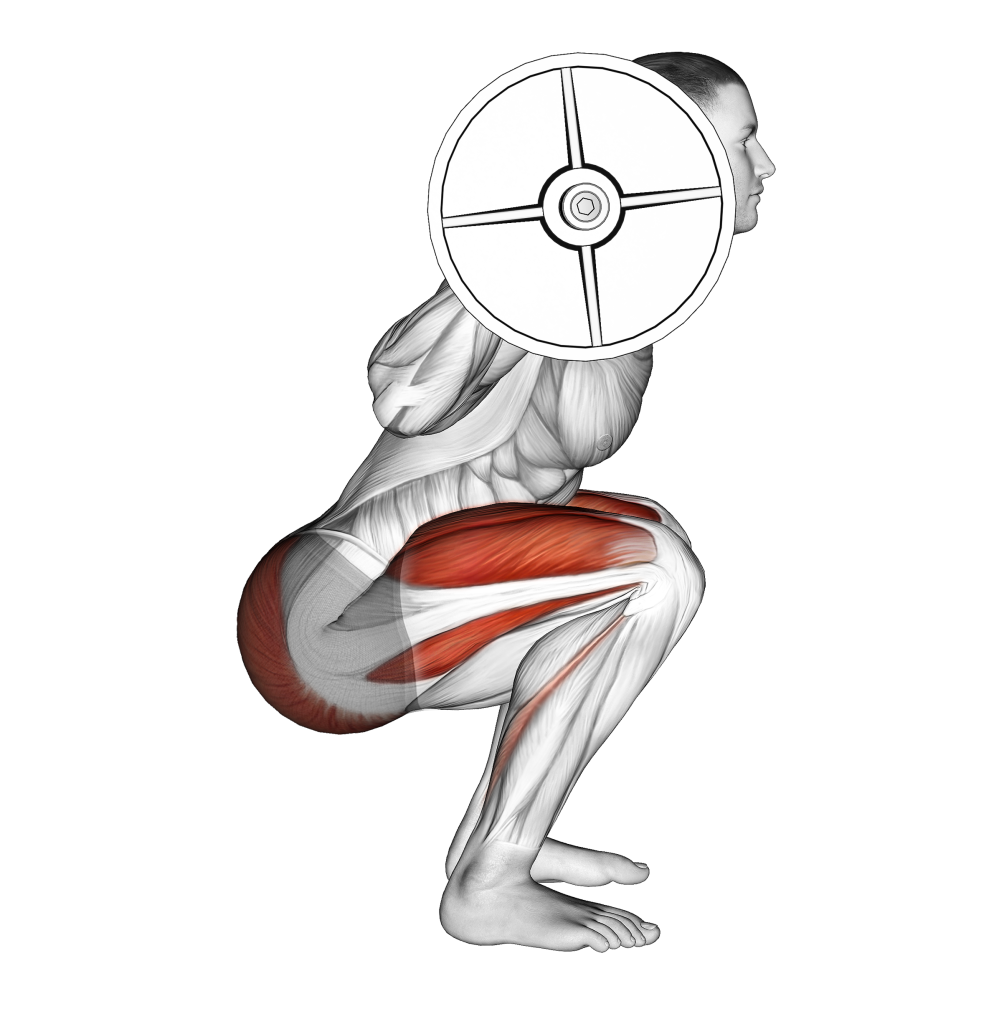
Observe Whether the Bar is Parallel or if the Torso is Shifting
While it may seem obvious, if the bar or the upper body is shifting to one side during the squat, it is likely that the feet are positioned in a staggered or uneven manner.
Even if they are laterally parallel to one another, it is possible that the body is shifting forwards or backwards so as to compensate for poor footing.
Contract the Core
The feet are not the sole source of stability during a squat - the core musculature must also play a role, ensuring that the torso does not curve in a manner that displaces the lifter’s footing.
Common Foot Positioning Mistakes When Squatting
Now that we’ve established a baseline for what a proper squat foot position looks like, here are a few common mistakes to look out for.
Rolling the Ankles
Also known as ankle eversion/inversion, allowing the ankles to roll can cause the lifter to lose their balance or otherwise place excessive strain on the ankles and feet.
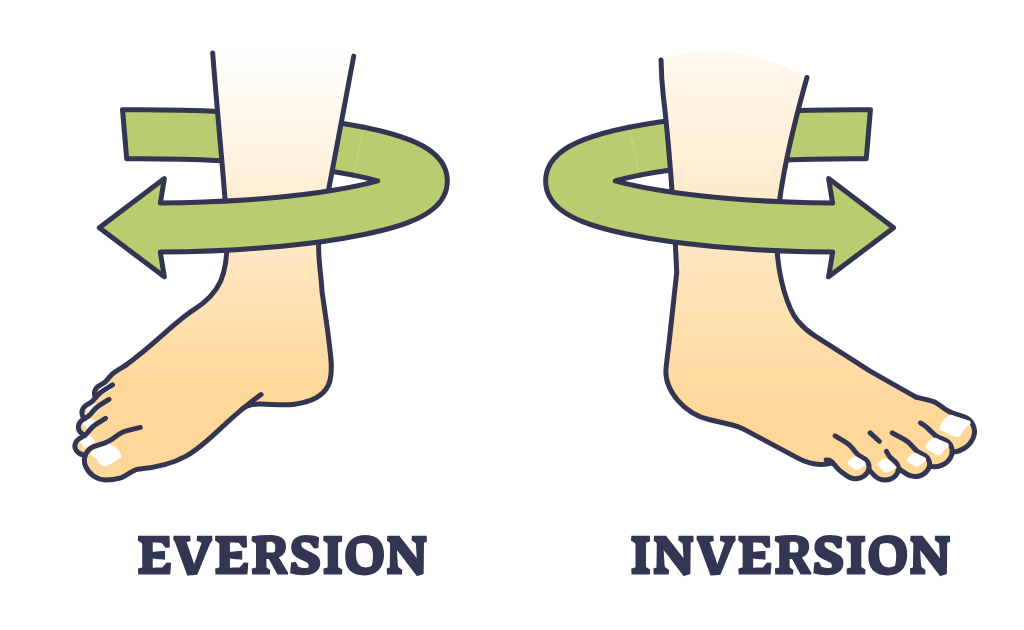
This is generally a sign of poor foot contact point usage or unsuitable footwear, and may be corrected by having the lifter focus on keeping their feet pressed into the floor.
Improper Foot Distance
Obviously, setting the feet at the wrong distance apart is poor foot positioning - but so too is setting them too far ahead, or in a relatively uneven position to one another.
Lifters should ensure that the feet are placed in a manner that allows for the legs to rotate outwards as they descend.
Heels Raising or Weight Shifting to the Toes
If the heels are raising or the lifter shifts their weight towards their toes, then it is likely a sign of mobility issues or that their weight is not distributed vertically through the feet.
In particular, the heels rising from the floor can be a sign of poor ankle mobility, and should be corrected before continuing with squats.

Torso Rocking Backwards or Weight Shifting to the Heels
Conversely, if the lifter finds their torso rocking backwards as they ascend or that they favor the heels as they balance, then it is a sign of an excessively narrow foot positioning.
Note that this should not be confused with “entering the hole” or what is otherwise known as pushing the pelvis back as the squatter descends into full depth.
In Conclusion
As important as proper foot positioning is, remember that it is only one aspect of proper squat form.
Other vitally important components like pelvis movement, bar position and spinal neutrality should also be mastered so as to perform the exercise safely.
If you find that getting your squat footing down is rather difficult - it may be time to seek out the advice of a professional weightlifting coach.
References
1. Signorile, Joseph F.; Kwiatkowski, Keith; Caruso, John F.; Robertson, Bobby. Effect of Foot Position on the Electromyographical Activity of the Superficial Quadriceps Muscles During the Parallel Squat and Knee Extension. Journal of Strength and Conditioning Research 9(3):p 182-187, August 1995.
2. Lorenzetti, S., Ostermann, M., Zeidler, F. et al. How to squat? Effects of various stance widths, foot placement angles and level of experience on knee, hip and trunk motion and loading. BMC Sports Sci Med Rehabil 10, 14 (2018). https://doi.org/10.1186/s13102-018-0103-7
3. Rolli, Francesco et al. “The impact of foot angle on lower limb muscles activity during the back squat and counter movement jump.” The Journal of sports medicine and physical fitness vol. 62,7 (2022): 890-897. doi:10.23736/S0022-4707.21.12588-5
